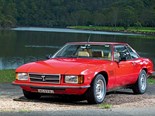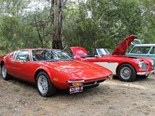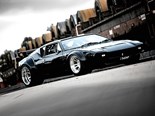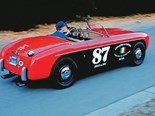De Tomaso - Bygone Brands

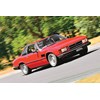
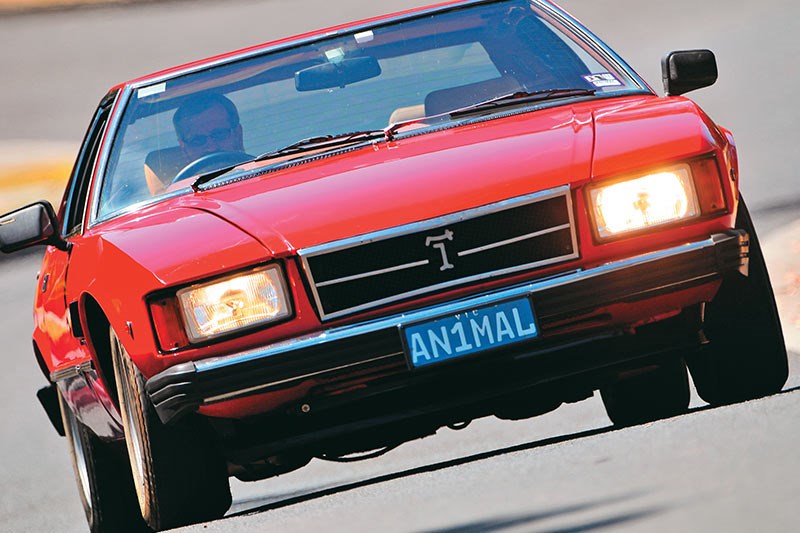

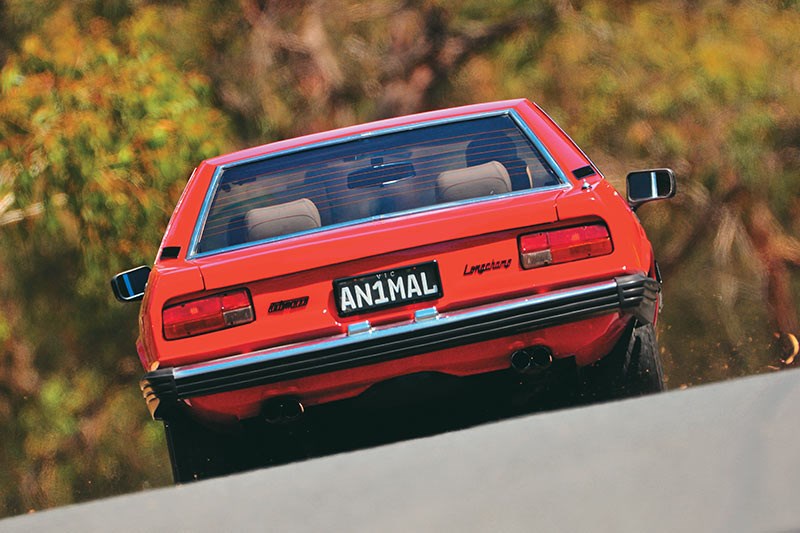



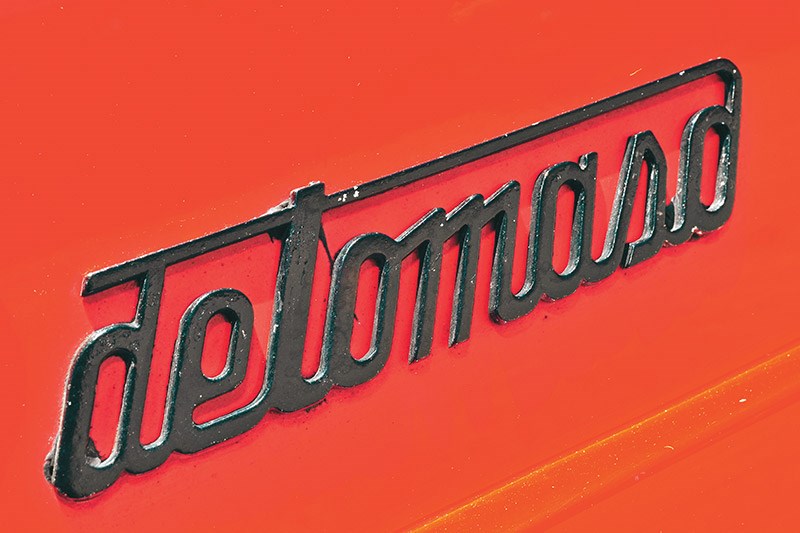

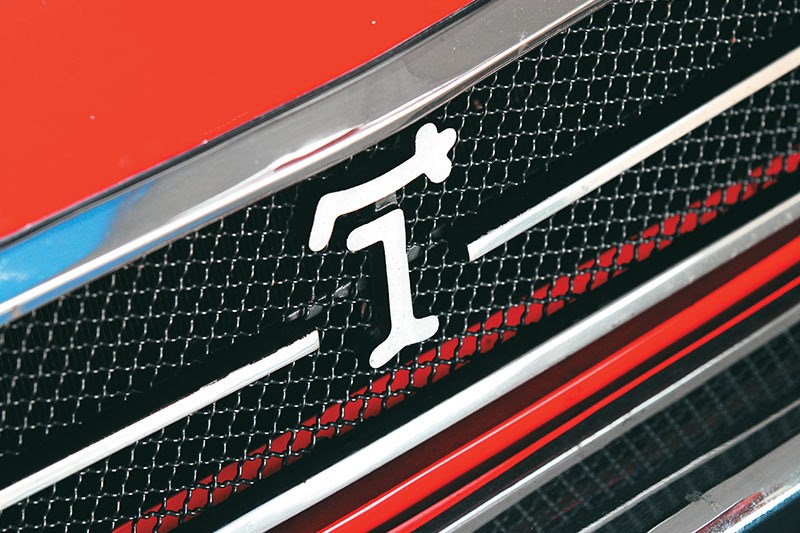


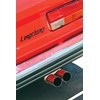
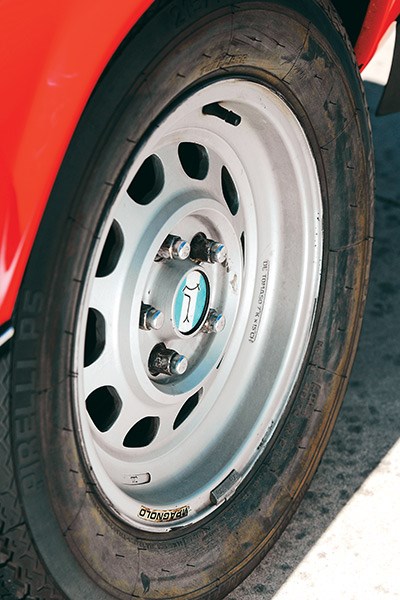

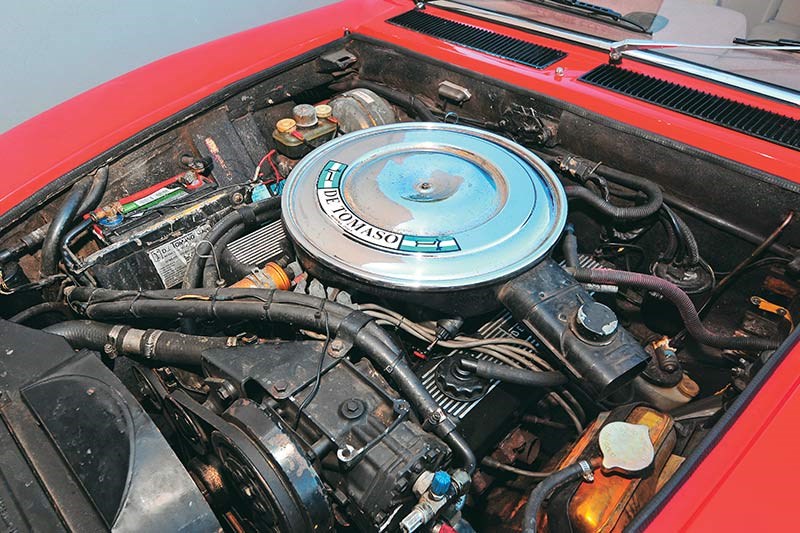

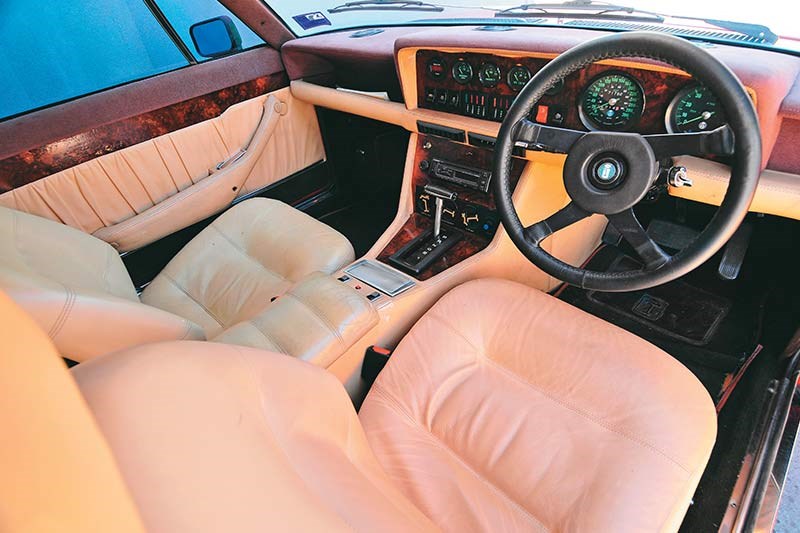


|

|

|

|

|

|

|

|

|

|
How a car nut from Argentina saw his greatest ambition come alive, only to see it snatched away again...
Originally published in Unique Cars #296, March 2009
De Tomaso
More than four years after production of its final model came to a cash-starved halt, Italy’s last independent sports car manufacturer seems to have lost a protracted battle for survival.
In 2004, and a year after the death of its charismatic founder, the last De Tomaso Guara left the Modena factory, although that hasn’t stopped the rumour mill bubbling with regular ‘reports’ of an impending revival.

Born in 1928 into a privileged Argentinian family, Alejandro (later Italicised to Alessandro) de Tomaso decided at 27 years of age to pursue his love of motorsport and that Italy was the best location in the world for such a venture.
| Read next: De Tomaso Longchamp review
At the time he was involved with the Maserati brothers’ OSCA venture and scored a class win for the brand at the 1958 Le Mans 24 Hour race. However, Alessandro wanted to build his own competition cars and in 1959 established a small factory on the outskirts of Modena.

The first products were Cooper-like Formula Junior cars, a handful of Formula 1s and an Indianapolis racer, but the de Tomaso brand didn’t generate any real recognition until 1963 when it displayed its first road-going model.
The Vallelunga (named after a nearby race circuit) was originally a two-seat roadster and just two were made before the design was radically changed to an enclosed Grand Touring coupe.
| Reader Resto: De Tomaso Pantera GT4 tribute
Using a Lotus-like backbone chassis and 1.5-litre, rear-mounted Ford engine, the open cars had aluminium bodywork by Fissore and early versions featured tilting rear bodywork in the style of a Ford GT40. Production coupes were styled by Giorgio Giugiaro and built in fibreglass.

Mediocre performance and cabin noise from the Weber-fed engine saw only 50 of the pretty coupes built, but that response was sufficient for de Tomaso to expand the concept into a larger and more successful V8 version.
Built as a ‘Cobra killer’, the car was again designed by Giugiaro and named Mangusta – Italian for mongoose. European cars used highly-tuned 225kW Ford 4.7-litre engines while those exported to the USA had 4.9-litres and the same 230bhp (172kW) as an Australian XT Falcon GT.
Despite questionable handling and a compromised cabin, the Mangusta chalked up 400 sales and attracted the attention of Ford in Detroit. With its arrangement with Carroll Shelby turning increasingly toxic, FoMoCo was looking for a ready-built exotic to flesh out its North American range and de Tomaso presented as a likely supplier.

In order to produce a car that would enhance Ford’s homeland performance presence without generating massive warranty problems, the underperforming de Tomaso chassis was replaced by far more sophisticated framework, created by Formula 1 designer Giampaola Dallara. On top went a brand new body by Ghia stylist Tom Tjaarda and under the rear access hatch was Ford’s brand-new 351 cubic inch (5.8-litre) small-block engine.
With Lee Iacocca appointed Chairman of De Tomaso, Pantera production progressed smoothly and sales during 1971 – the model’s first full production year – topped 1000. A year later, the annual tally was 2700 but the world fuel crisis coupled to new safety and emission standards saw Ford’s involvement end abruptly.

Production of US market cars halted during 1974, leaving De Tomaso with a huge hole in its cash-flow and an empire of acquisitions and new models to support.
1971 had brought the company’s only four-door model – the Jaguar-like Deauville – followed shortly after by the 2+2 Longchamp which would eventually be available with coupe or cabriolet bodywork.
After a disastrous flirtation with Formula 1 that ended following the death of brewing heir Piers Courage, de Tomaso lost his affection for motor sport. He then went on a spending spree that included acquisition of the Benelli and Moto Guzzi motorcycle brands, Mini-clone manufacturer Innocenti and a near-comatose Maserati.

De Tomaso immediately embarked on a model-sharing arrangement that saw the Longchamp fitted with a Maserati V8 and sold as the Kyalami. It was followed by an ugly Quattroporte III sedan that served no purpose but steal a few sales from the Deauville.
During the 1980s de Tomaso allowed his own range to meander along without any significant improvement or investment. When access to US-made Ford V8s dried up, an arrangement was made to source 5.8-litre power units from Ford Australia.
The company’s cash cow during this time was Innocenti which had found success building Italian versions of BMC and Leyland models, but by 1982 had switched to a Daihatsu-powered design.

As De Tomaso’s fortunes began to falter, so did its founder’s health. By 1993, most of the acquisitions had been sold and Alessandro was gambling his remaining funds on the mid-engined Guara.
Powered by a 4.0-litre BMW V8, the Guara remained in production for more than a decade but fewer than 100 were made. A Ford V8 version announced in 1998 was de Tomaso’s final design and scheduled for US distribution by the Qvale family, whose association with the brand began in 1967.

However, before the first cars even arrived, a dispute between Bruce Qvale and an ailing Alessandro led to the car being renamed the Qvale Mangusta. Without the De Tomaso cachet it failed to match even the Guara’s modest success and disappeared after production rights were sold in 2004 to a near-bankrupt MG.
From Unique Cars #296, March 2009
Unique Cars magazine Value Guides
Sell your car for free right here
Get your monthly fix of news, reviews and stories on the greatest cars and minds in the automotive world.
Subscribe

.jpg)










